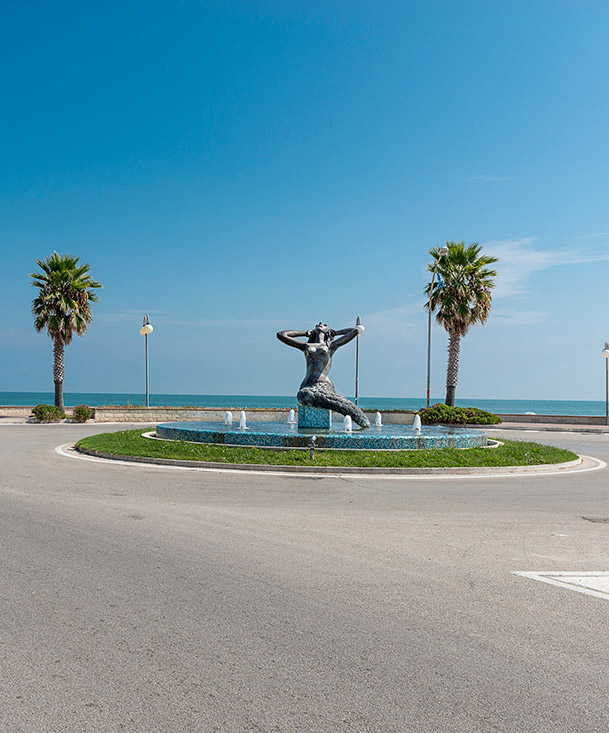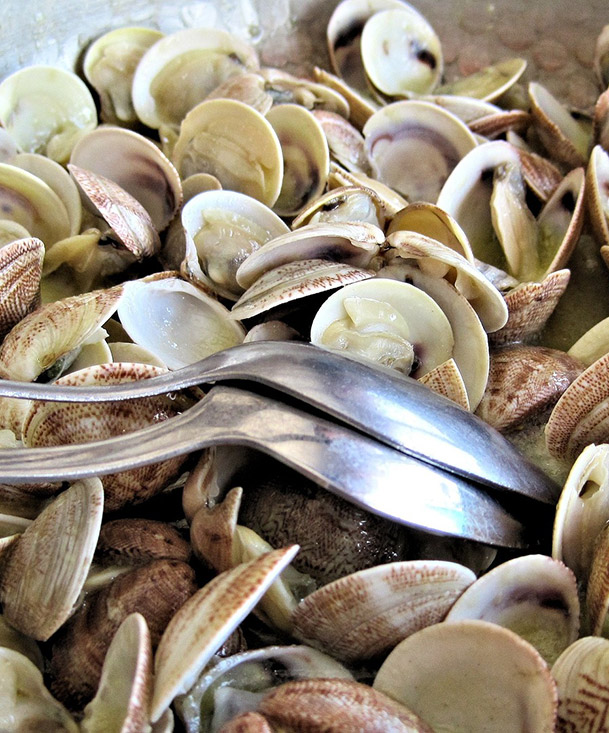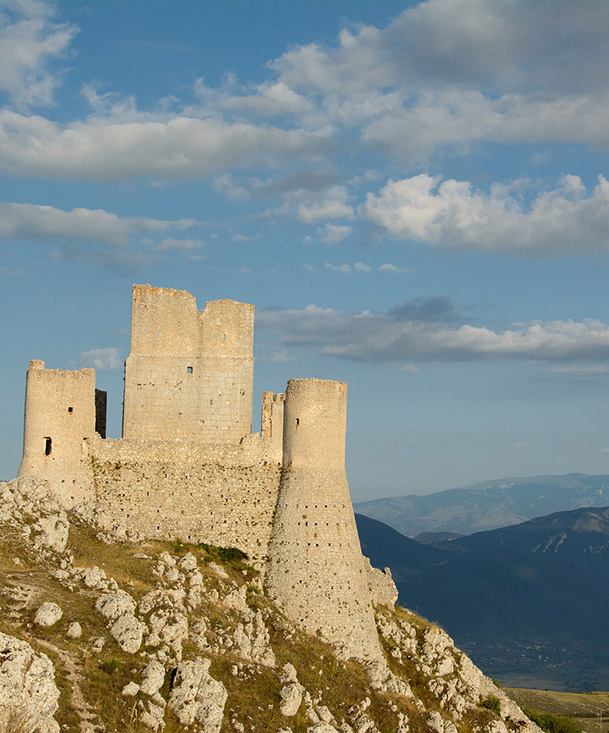TERRITORY
Residence PlayaWhat to do & See in Tortoreto
A Territory to Discover
TORTORETO
THE FEATURE OF THE TERAMANO COAST
The intimate link between Tortoreto and the sea is expressed with great emphasis in the celebrations of August 15th with the boats that carry the statue of the Virgin Mary into the sea in procession and the fireworks at midnight to close the day on the rich beach of events and the inevitable balloons of August 15th.
Among olive groves and vineyards cultivated in Trebbiano and Montepulciano, along the Vascello district and its "Natural Oasis", at 227 m. above sea level, you reach the ancient Tortoreto Alto, now the Town Hall, which dominates the beach from the belvedere and lights up with a thousand lights and colors for the feast of the Madonna della Neve (5/7 August), the historical re-enactment of 16 August (Palio del Barone) and many other municipal festivals.
The historic center with Terravecchia and the Clock Tower, Terranova and its narrow rue testify to the pre-medieval origins of the town which took its name from the "doves" that they populated the surrounding woods in great numbers at the time.
The Church of the Madonna della Misericordia dates back to 1348, the Church of San Nicola and della Misericordia with its wonderful frescoes to 1500, the Church of Sant'Agostino to 1613. Outside the village towards the east you reach a natural terrace, once an outpost military, today a splendid belvedere that offers a breathtaking panorama of the Adriatic coast.
Home to numerous cultural associations and public offices, Tortoreto is also known today for its restaurants offering simple but quality dishes, local wine, typical cold cuts and cheeses as well as the traditional skewers, mutton or mutton skewers cooked on embers.
Tortoreto is surrounded by the splendid hills of the Vibrata valley which connect it to Alba Adriatica, Colonnella, Corropoli, Controguerra, Torano which are within easy reach and ideal for quality food and wine tours.

FOOD AND WINE
The hills surrounding Tortoreto are famous for the production of fine wines such as Montepulciano d'Abruzzo Colline Teramane DOCG, Trebbiano and Cerasuolo d'Abruzzo DOC, expressions of the intimate relationship between a particularly suitable territory and passion/ commitment of local winemakers who are increasingly attentive to the environmental impact and to the final consumer.
Montepulciano D.O.C.G. Colline Teramane (not to be confused with Vino Nobile di Montepulciano obtained from another vine) is the prince of Abruzzo oenology.
Its rigorous disciplinary provides for yields not exceeding 90 qt per hectare from Montepulciano vines of at least 90% and Sangiovese 10%, 2 years of refinement of which at least 1 in wooden barrels, 3 years for the reserve. It has an unmistakable broad aromatic spectrum with hints of ripe red fruit and spices and balanced tannins that combine perfectly with local dishes based on grilled beef and sheep red meat.
Trebbiano d'Abruzzo D.O.C. it has an intense straw yellow colour. It is delicate to the nose, dry and with a pleasantly almondy taste. It is a simple but very pleasant wine due to its fresh vivacity that creates a perfect combination with traditional fish-based dishes.
Cerasuolo d'Abruzzo, with its typical cherry red colour, is produced from the same grapes as Montepulciano but with a short fermentation on the skins. On the nose it is fruity and intense and goes well with the traditional "maccheroncini alla chitarra with balls" but also fish dishes such as fish soup.

ABRUZZO REGION
Abruzzo is the most protected region of Italy thanks to the system of 4 parks (Abruzzo Lazio and Molise National Park, Majella National Park, Gran Sasso and Monti della Laga National Park, Sirente Velino Regional Natural Park) with the highest peaks of the Apennines, where you can ski in the southern sun and happen to have the sea as a view. Within the system there is a dense network of oases and nature reserves where chamois, deer, golden eagles live, and in the most secret places, the Marsican bear and the wolf.
A triumph of fauna and flora: plateaus, waterfalls, lakes, beech woods, the Calderone, the southernmost glacier in Europe, the crater of Mount Sirente, the only one existing in Italy from meteorite impact. The Gran Sasso National Park includes the mountain territory of the province of Teramo.
Known as "the Sleeping Giant", the Gran Sasso is the mountain of Abruzzo par excellence: it includes the limestone walls of Corno Grande and Corno Piccolo and extends across the Campo Imperatore plateau, home to the highest astronomical observatory in Europe . It is very popular with hikers, mountaineers and skiers. Less known are the Monti della Laga where the largest artificial basin in Europe is located: the Campotosto lake where migrating birds find a safe and peaceful landing place for a break during their journey.
Abruzzo is therefore a land in which very different climates and environments are concentrated, from the high mountains to the sea, an exceptional mix between the natural environment and different cultures that has given life to a unique product, made up of archeology, architecture, traditions and above all breathtaking views. Traveling through these lands, you come across ancient necropolises such as Fossa, intact medieval villages such as Scanno, Guardiagrele and Santo Stefano di Sessanio, counted among the most beautiful villages in Italy.
